For Black History Month, LightBox gathered a panel of experts—from major artists such as Carrie Mae Weems to curators such as Azu Nwagbogu and educators like John Edwin Mason—and asked them to each nominate one under-the-radar, exciting African American photographer. By no means a definitive list of panelists or nominees (for that, check out TIME’s “100 Photos” project), this is instead a personal and subjective tribute to the thriving field of contemporary African American photography.
While some artists such as Joshua Rashaad McFadden make use of archival material, others like Jasmine Murrell incorporate sculpture, while Gerald Cyrus’ work is firmly documentary in nature and Shamayim’s is clearly fashion-based.
The nominators include Awol Erizku, artist; Azu Nwagbogu, director African Artists’ Foundation; Carrie Mae Weems, artist; Deborah Willis, chair of the Department of Photography & Imaging at the Tisch School of the Arts at New York University; Derrick Adams, artist; Jamel Shabazz, artist; John Edwin Mason, Associate Professor at University of Virginia; Rujeko Hockley, Assistant Curator of Contemporary Art at Brooklyn Museum; Kalia Brooks, Adjunct Professor in the Photography and Imaging Department in the Tisch School of the Arts at New York University; and the staff of The Studio Museum in Harlem.
John Edmonds

Year and City of Birth: 1989, Washington, D.C.
“Johns Edmonds is a gifted young artist with a penetrating eye. With an insight and subtle aesthetic understanding, he uses a gentle lens to capture the performative gesture of young men on the streets of America. His beautiful, subtly complex compositions re-imagines and redefines the black man subject.” — Carrie Mae Weems, artist
Gerald Cyrus

Year and City of Birth: 1957, Los Angeles, Calif.
“I can’t get Gerald Cyrus out of my mind. So many African American photographers have been ignored and intentionally kept below the radar, their work still feels fresh and vibrant to me. I didn’t understand Roland Barthes’ notion of the “punctum” until I saw this work. His intimate aesthetic renders every moment timeless. When I look at his prints I want to crawl through the silver gelatin and fade into the moment. His Stormy Monday series recalls DeCarava’s The Sound I Saw but brings the audience into the mix.” — Hank Willis Thomas, artist
David Alekhuogie
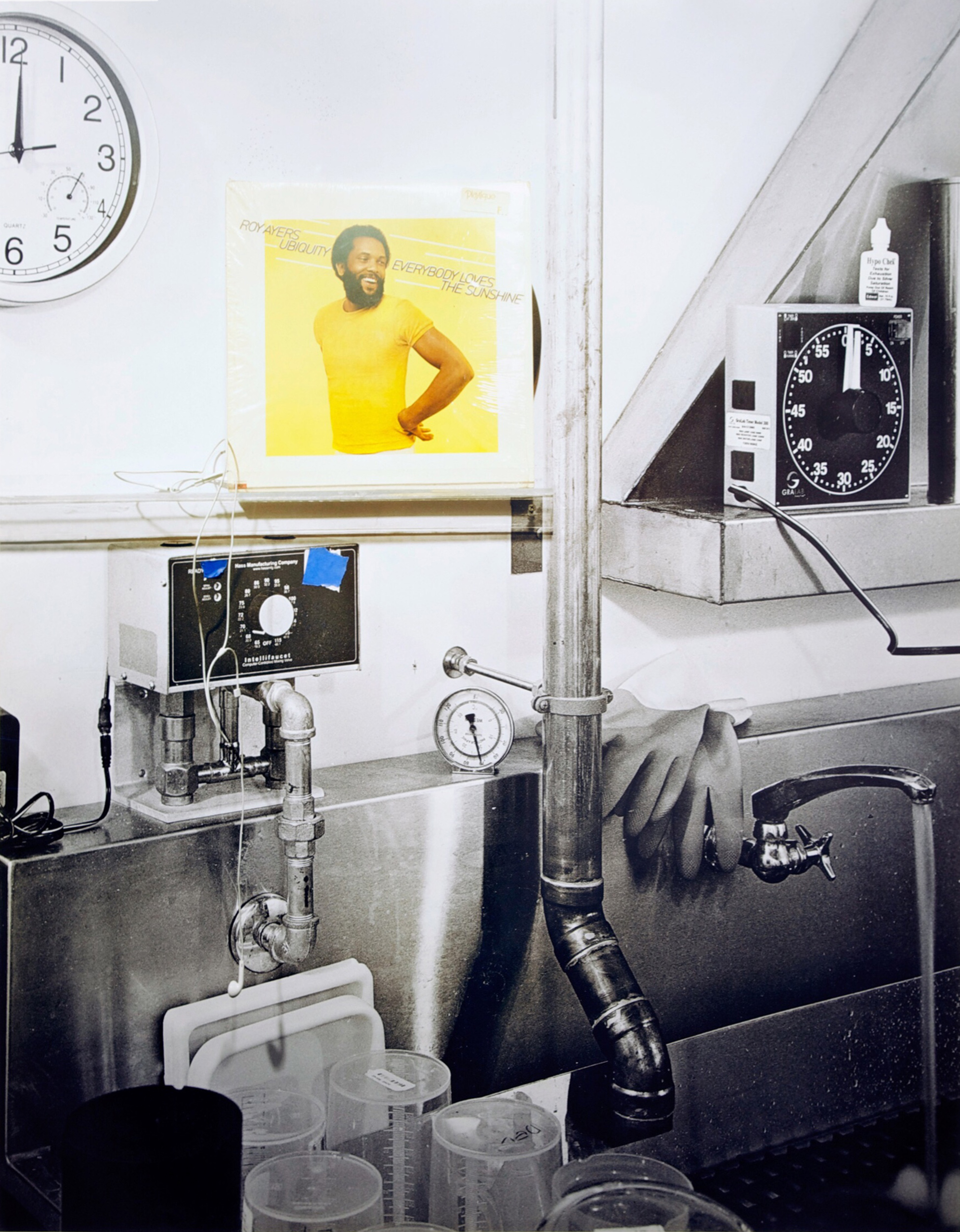
Year and City of Birth: 1986, Los Angeles, Calif.
“David Alekhuogie is a promising young artist whom I’ve had the pleasure of knowing during my time at Yale. I think he’s noteworthy because he’s always finding ways to push the mediums he’s working with. He’s an image maker who also has a deep understanding of sculptures and the intersection of both mediums.” — Awol Erizku, artist
Shamayim
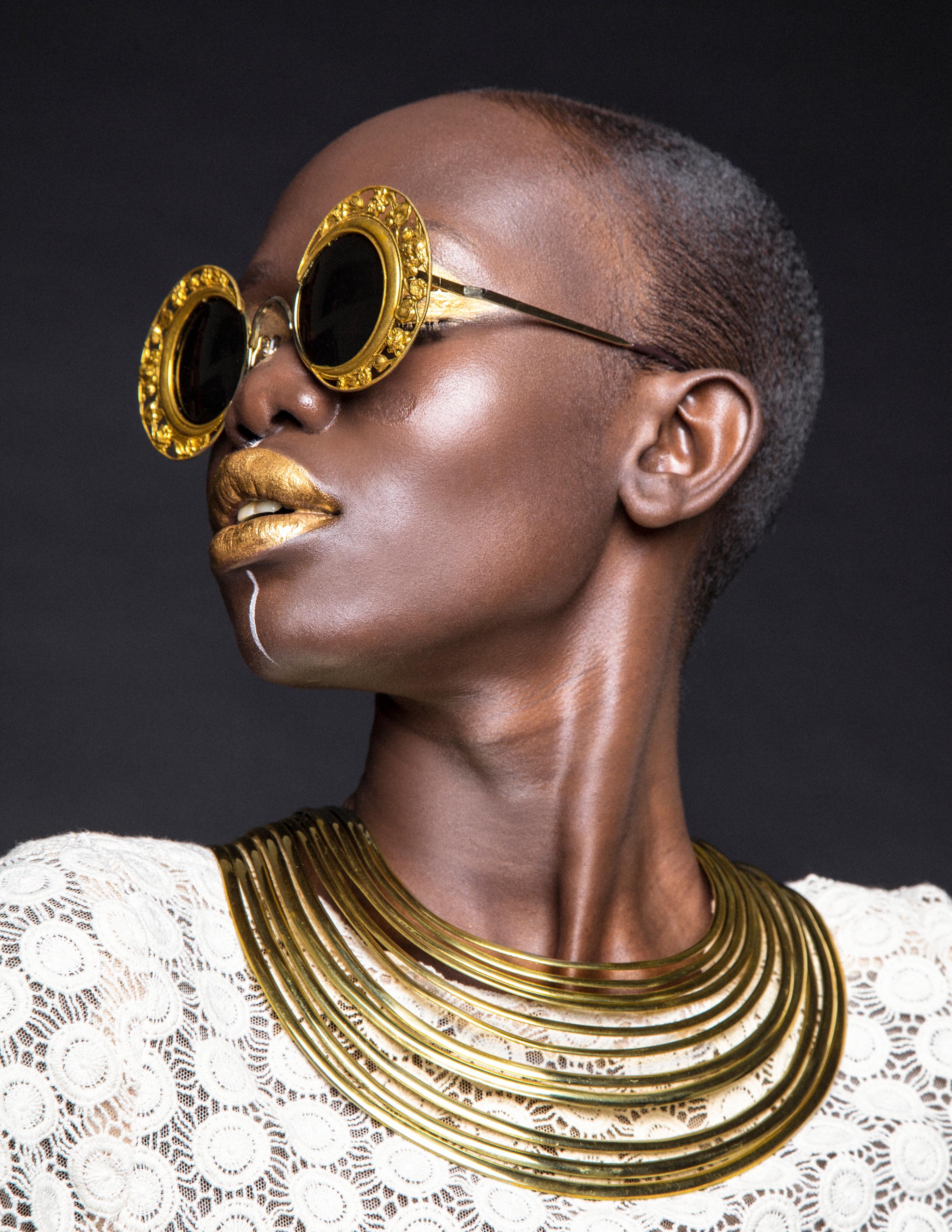
Year and City of Birth: 1982, Atlanta, Ga.
“Shamayim is a major talent as a global fashion photographer. He has a knack for making both the fashion and model seamlessly one and beautiful. Not unlike a 21st century Gordon Parks, Shamayim often shoots at exotic locations to create not just an environment but a backstory for the fashion and a lifestyle for the beauty.” — Aaron Bryant, curator at National Museum of African American History & Culture
Endia Beal

Year and City of Birth: 1985, Winston-Salem, N.C.
“Endia Beal is amongst a crop of young African American photographers that I have had the privilege of mentoring through the annual New York Times portfolio reviews. Her work is outstanding in documenting and narrating social issues in an often sardonic manner that is always respectful to her subjects. In her work, it is the viewer that is challenged to reappraise his/her prejudices.” — Azu Nwagbogu, director African Artists’ Foundation
Joshua Rashaad McFadden

Year and City of Birth: 1990, Rochester, N.Y.
“Come to Selfhood is an important and “I-opening” project! I am excited to see how Joshua Rashaad McFadden used The Family of Men Photographic Archive to extend his own conversation about visualizing masculinity. This project will be viewed as a corrective as well as a fascinating collective story about imaging the black male portrait from the turn of the 20th century to today. McFadden is a masterful photographer-new wave archivist who has unveiled a thoughtful and dazzling visual narrative of the ‘self’.” — Deborah Willis, chair of the Department of Photography & Imaging at the Tisch School of the Arts at New York University
Devin N Morris

Year and City of Birth: 1986, Baltimore, Md.
“I appreciate Devin Morris’ ability to merge the fantastical with the real—as his images are fresh and youthful, while also capturing the true essence and reflective interests his generation has surrounding narratives attached to Black identity.” — Derrick Adams, artist
Michael McCoy
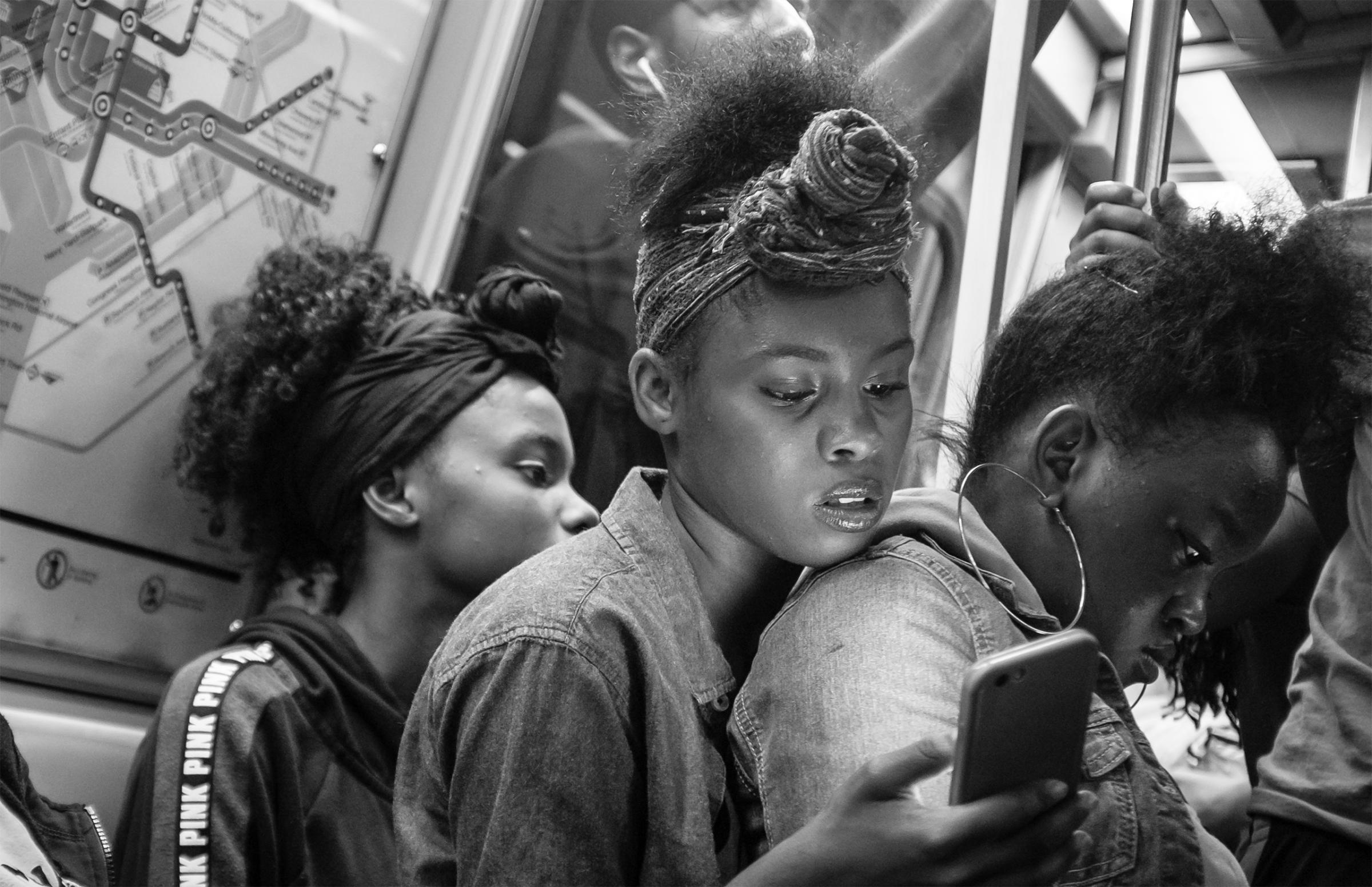
Year and City of Birth: 1982, Baltimore, Md.
“Michael McCoy is a 34-year-old Baltimore resident and combat veteran who served two tours in Iraq during his five years in the United States Army. Since being medically discharged from the Army in 2008, he has been dealing with Post Traumatic Stress Syndrome. During his hospitalization at Walter Reed Hospital, he discovered documentary photography and from that moment on it has been instrumental in helping him deal with his struggle. Since picking up the camera he has amassed a compelling body of work, showcasing everything from portraits, families, fathers and daughters, church services, and political protest. In addition to working as a freelance photographer, Michael is dedicated to helping veterans like himself battle PTSD using photography as a platform for both creativity and inter-communication.”— Jamel Shabazz, artist
Chandra McCormick
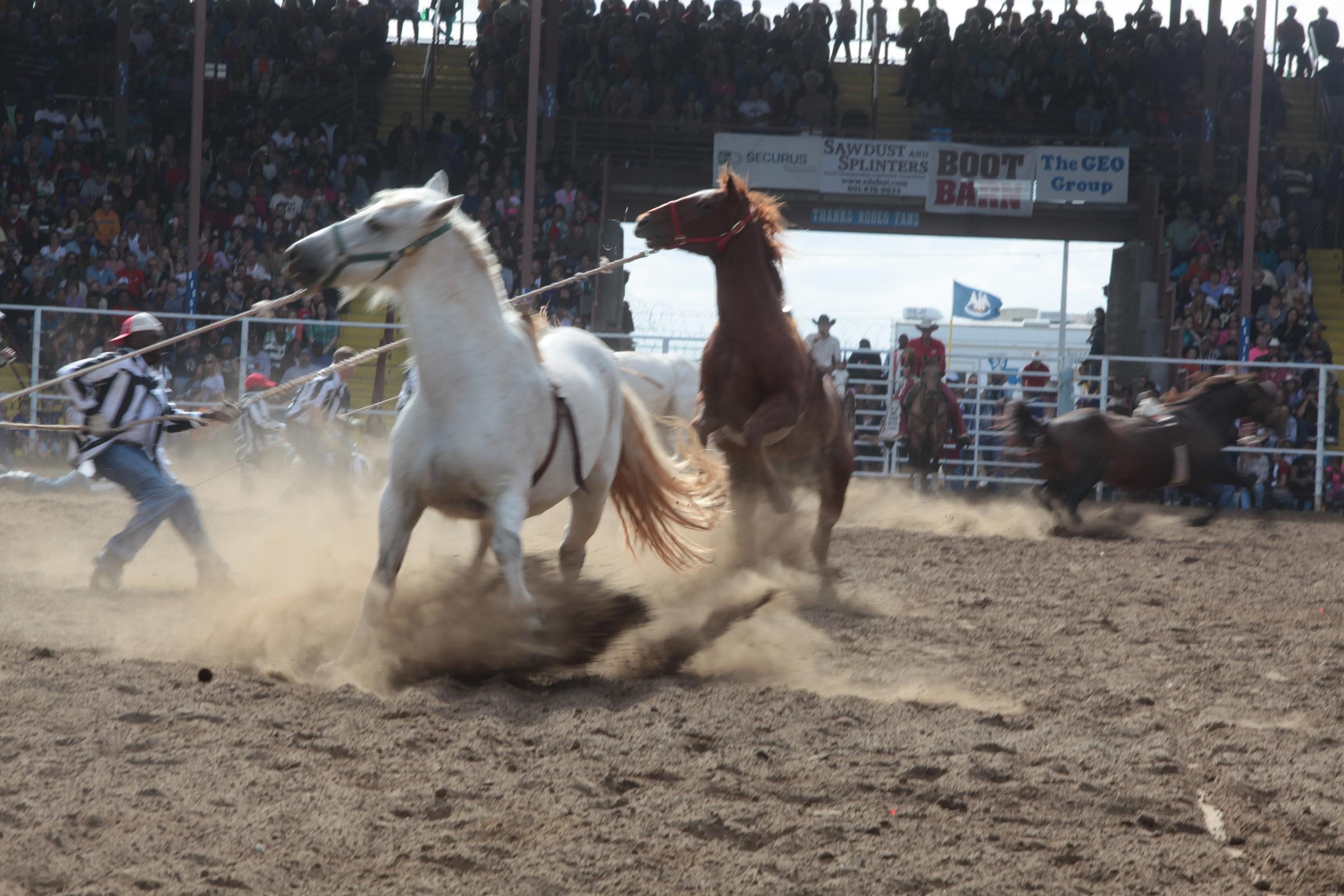
Year and City of Birth: 1957, New Orleans, LA
“Chandra McCormick’s photograph Angola Rodeo Prison, Men Breaking Wild Horses depicts incarcerated men wrangling horses. For over 50 years, the annual Angola Prison Rodeo has taken place in a stadium near the prison. Prisoners compete in events such as bull riding and rope work. The rodeo is an ironic spectacle: the inmates are given opportunities to showcase skills, but the nature of the skillset —roping bulls or taming broncos — contrasts with the reality of the inmate’s lives behind bars. The rodeos allow the incarcerated to display artistic and athletic feats, but at the conclusion of the event they return to their cells. Angola, a nickname for the Louisiana State Penitentiary, is a maximum-security prison with a history fraught with racial tension, excessive periods in solitary confinement and policies that have prisoners laboring in fields, which some liken to slavery — a reality so divorced from the image of the iconic cowboy, empowered to freedom through riding horses.” — The Studio Museum in Harlem
Texas Isaiah
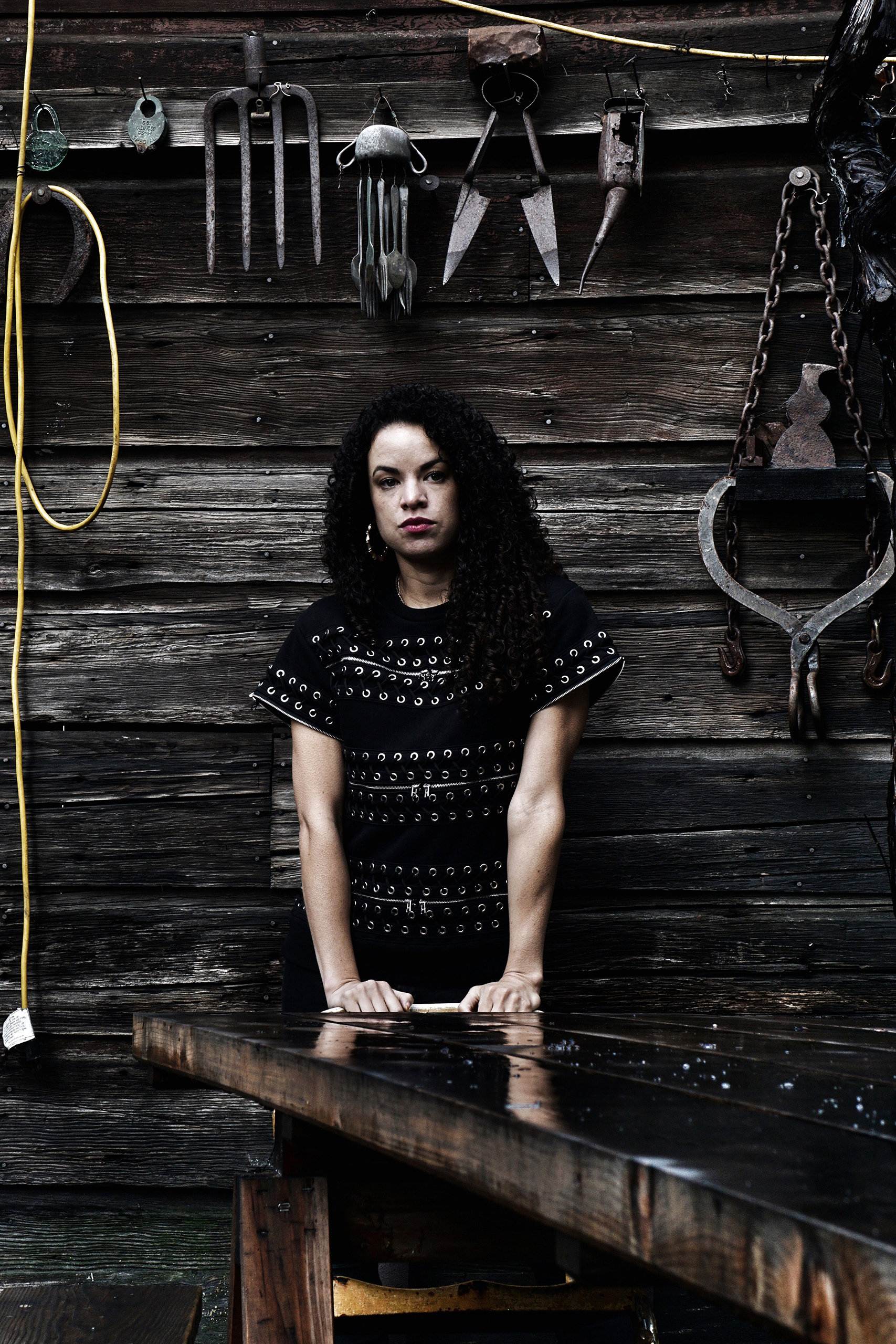
Year and City of Birth: 1986, New York, N.Y.
“Texas Isaiah is a portraitist, interested in people, places, and stories. He describes himself as a photographer and visual narrator, this latter descriptor telling us all we need to know about his approach. Shooting in color and black-and-white, he imbues his subjects with feeling, bridging the gap between shooter and subject in an attempt to show, in his words, “What it means to be seen and loved when you have your photo taken.” Here, he captures a friend and peer, artist Sadie Barnette. Under Isaiah’s keen eye—one attuned to texture, detail, and framing—she appears introspective and determined, impassive and strong.” — Rujeko Hockley, Assistant Curator of Contemporary Art at Brooklyn Museum
Jasmine Murrell
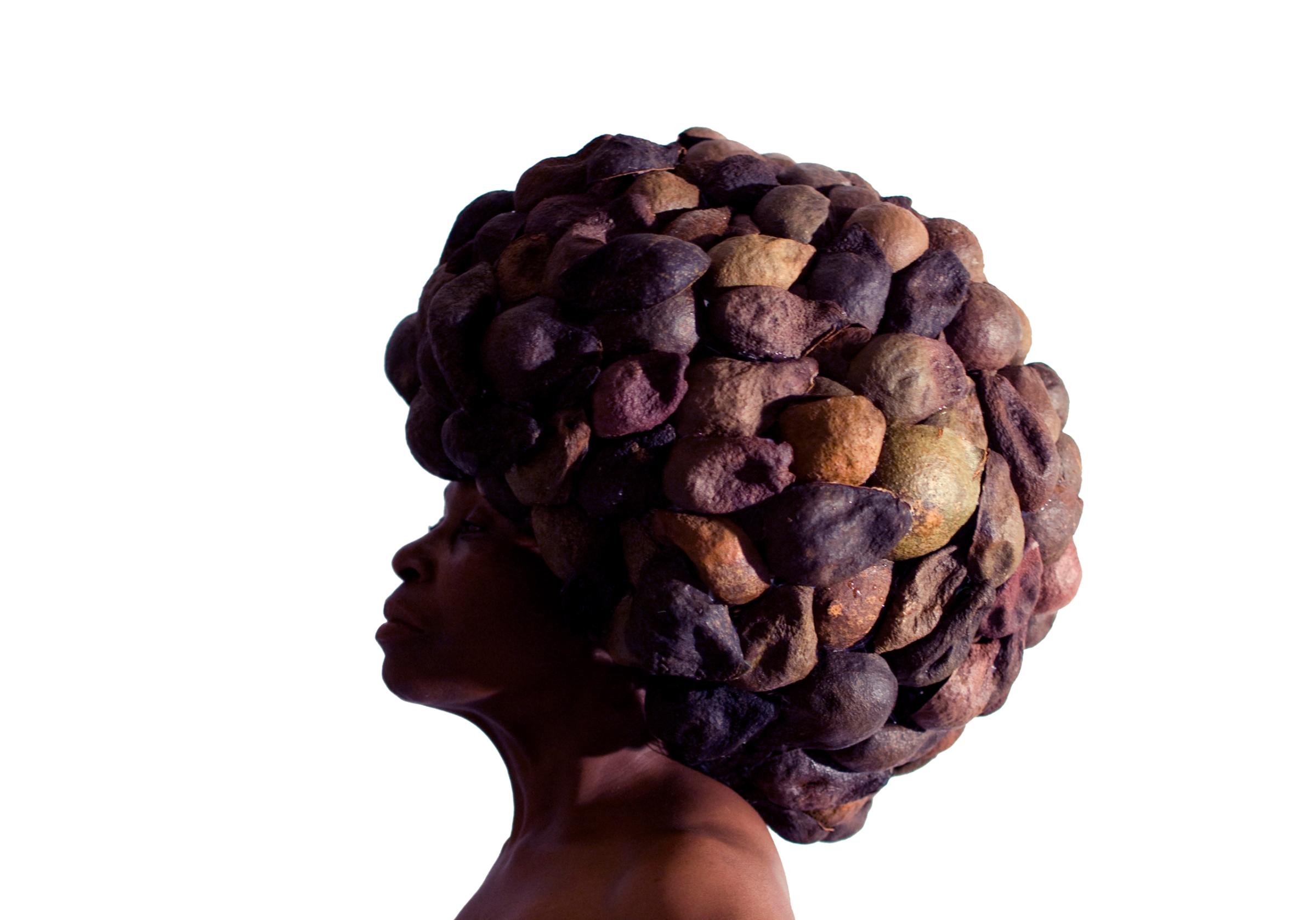
Year and City of Birth: 1977, Detroit, MI
“Jasmine Murrell’s work is important because she incorporates other media (like sculpture, performance and video) into the making of her photographic images. Her work is often the result of collaboration. This is image was made in collaboration with female elders in Detroit, Mich.” — Kalia Brooks, Adjunct Professor in the Photography and Imaging Department in the Tisch School of the Arts at New York University
Kwasi Boyd-Bouldin

Year and City of Birth: 1977, New York, NY
“For the last decade, Kwasi Boyd-Bouldin has been documenting what he calls ‘the desolate beauty of the urban landscape’ in Los Angeles. His images often incorporate wide vistas and washed-out colors, evoking high noon on a summer’s day. These deceptively simple photographs invite viewers to linger and decipher their meanings. At first they seem to be concerned only with the ways in which photographs can play with form, color, line, and mass. Cumulatively, however, they reveal Boyd-Bouldin’s interest in the city’s unending transformations and their power to shape the lives of its citizens, especially the poor and marginalized.” — John Edwin Mason, Associate Professor at University of Virginia
More Must-Reads From TIME
- The 100 Most Influential People of 2024
- Coco Gauff Is Playing for Herself Now
- Scenes From Pro-Palestinian Encampments Across U.S. Universities
- 6 Compliments That Land Every Time
- If You're Dating Right Now , You're Brave: Column
- The AI That Could Heal a Divided Internet
- Fallout Is a Brilliant Model for the Future of Video Game Adaptations
- Want Weekly Recs on What to Watch, Read, and More? Sign Up for Worth Your Time
Contact us at letters@time.com